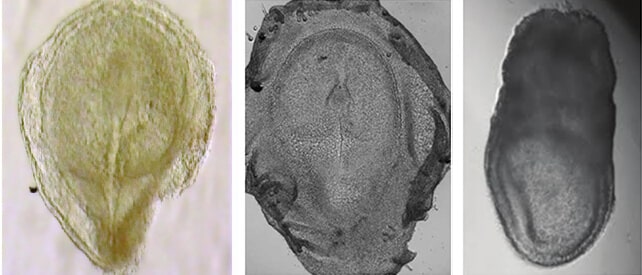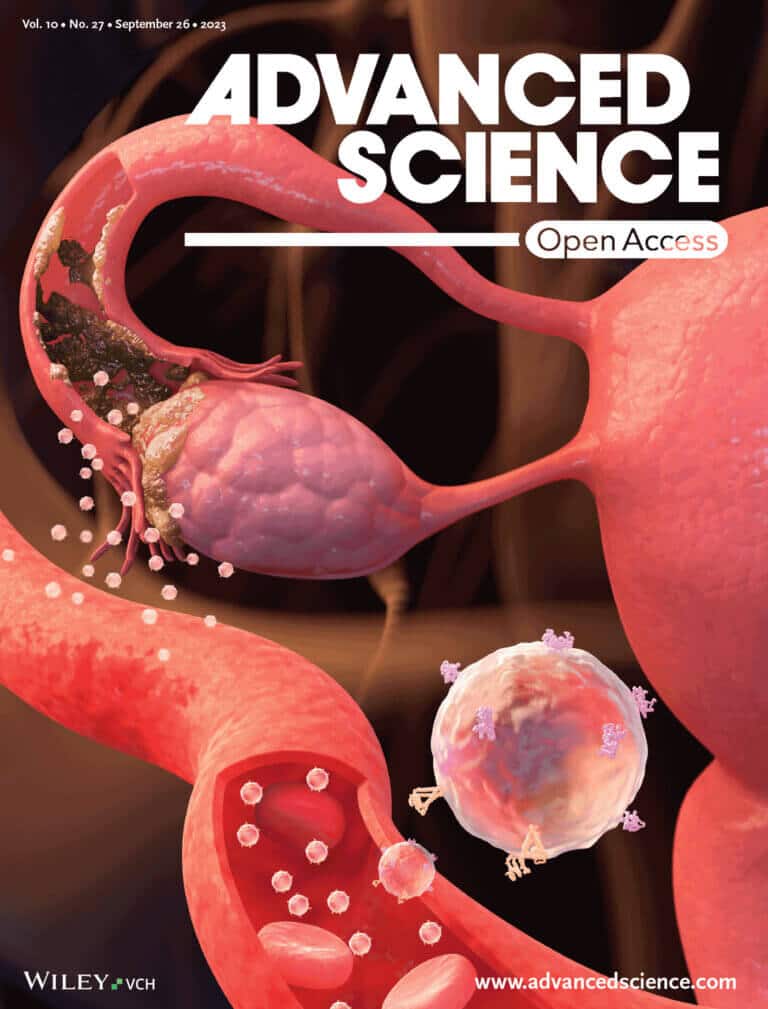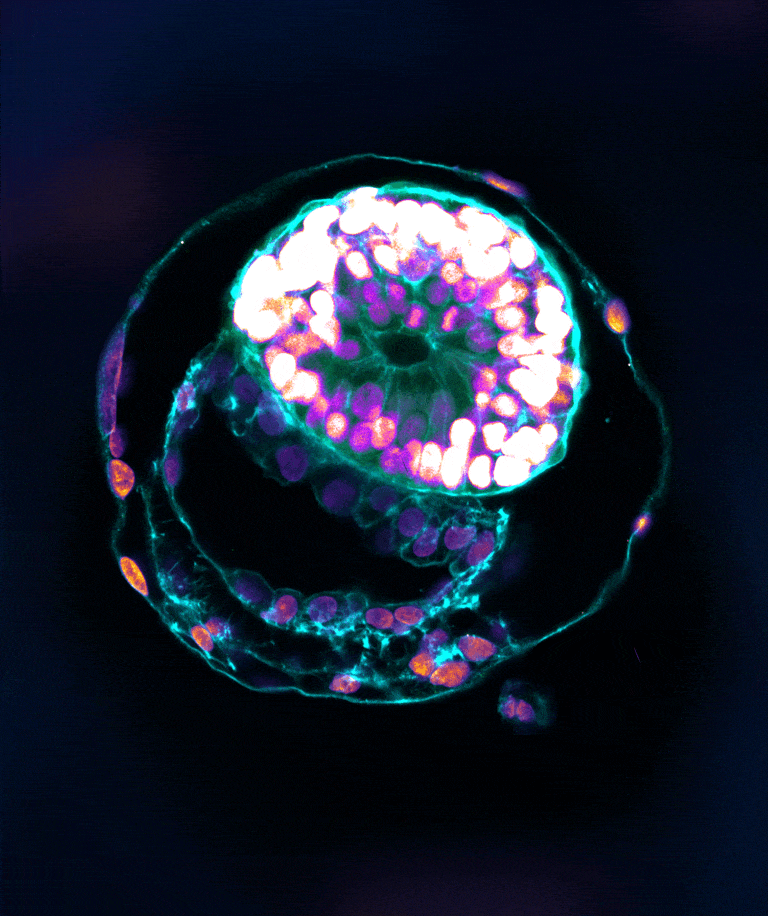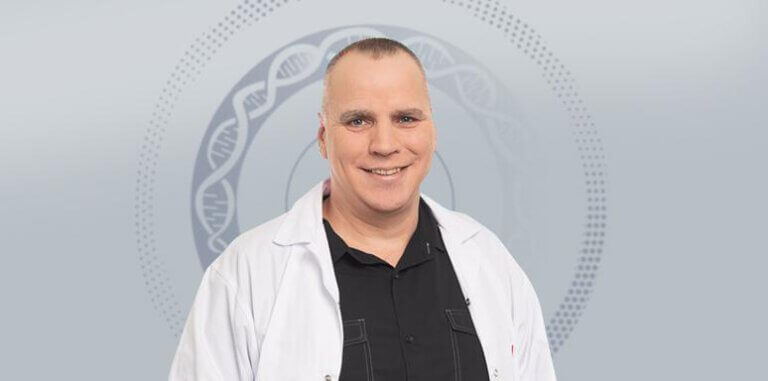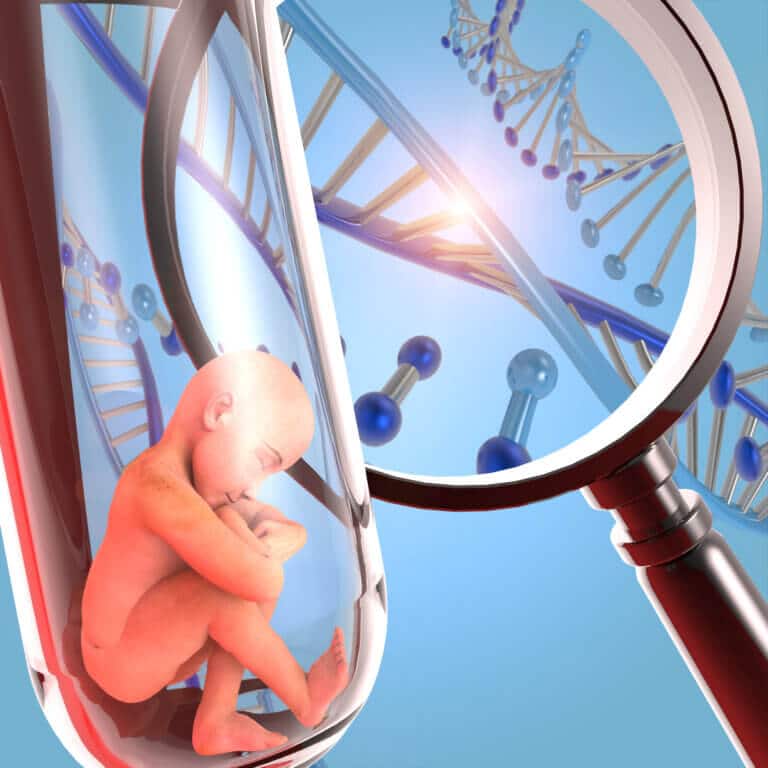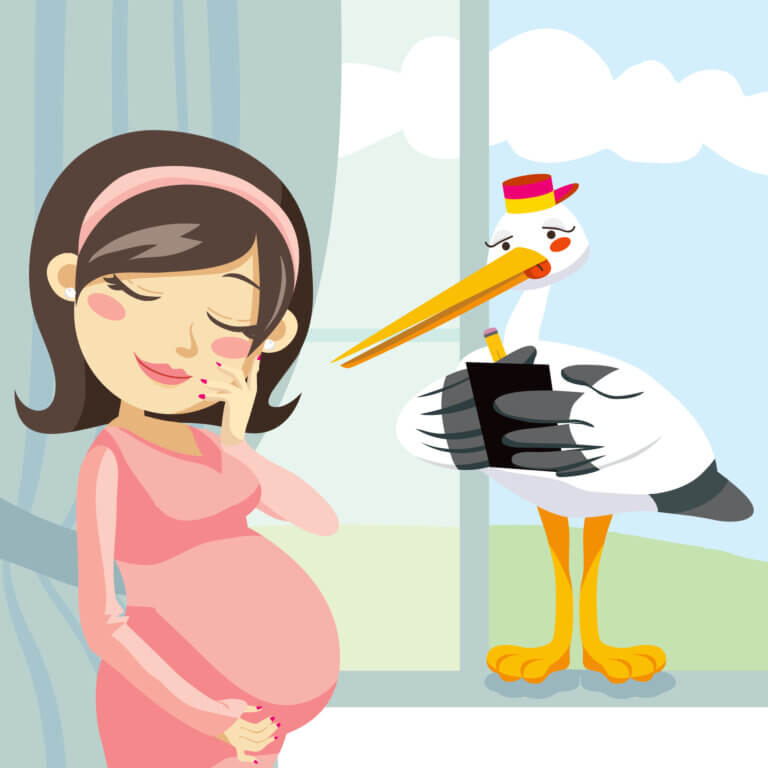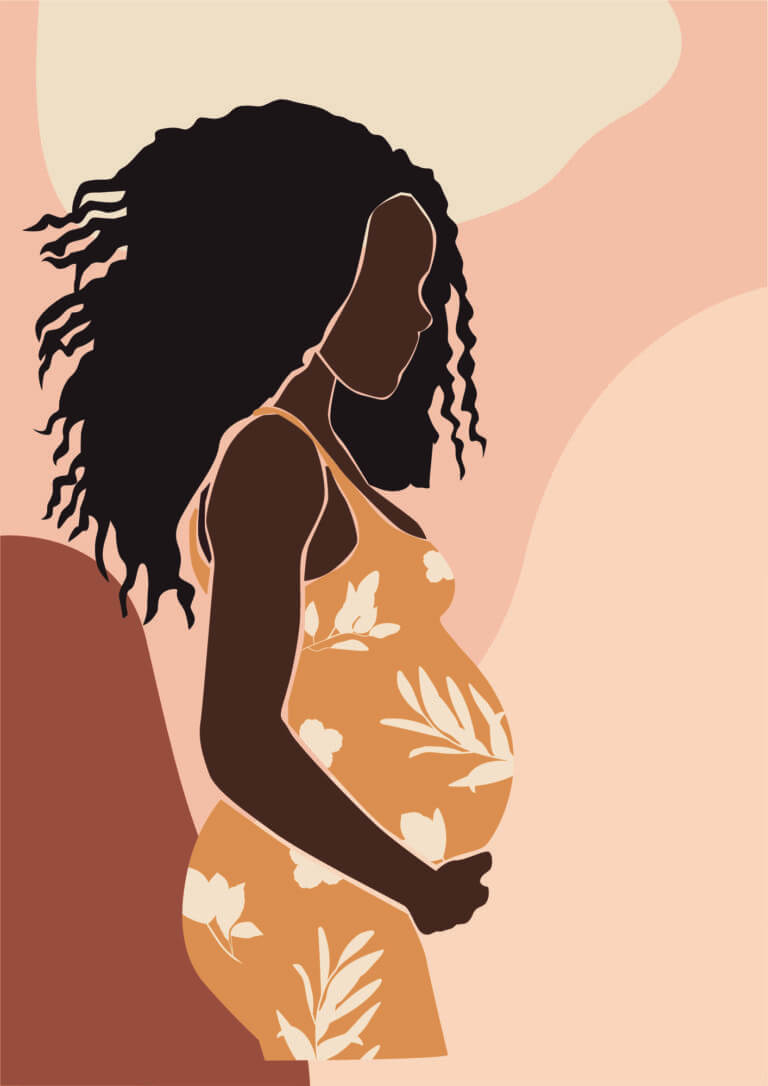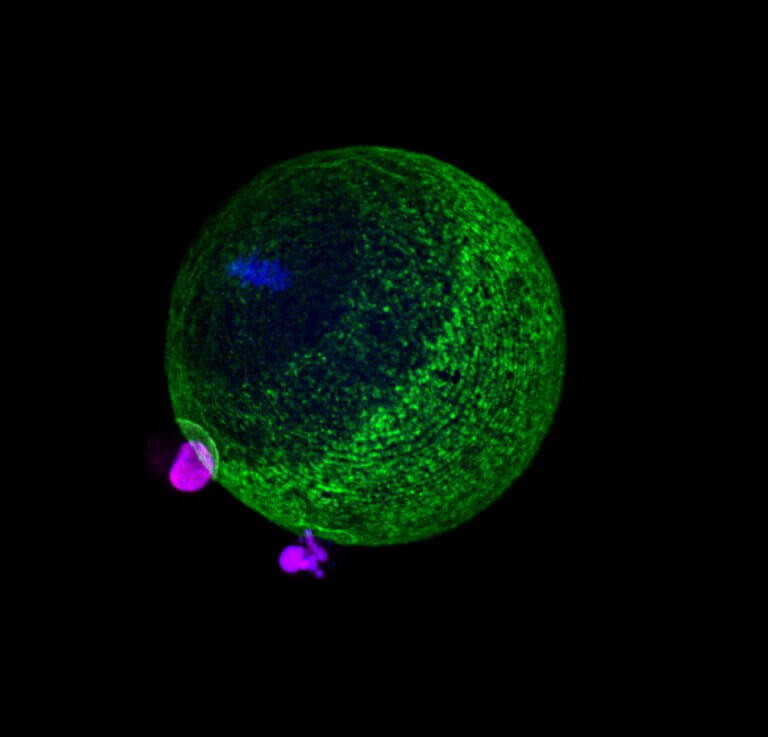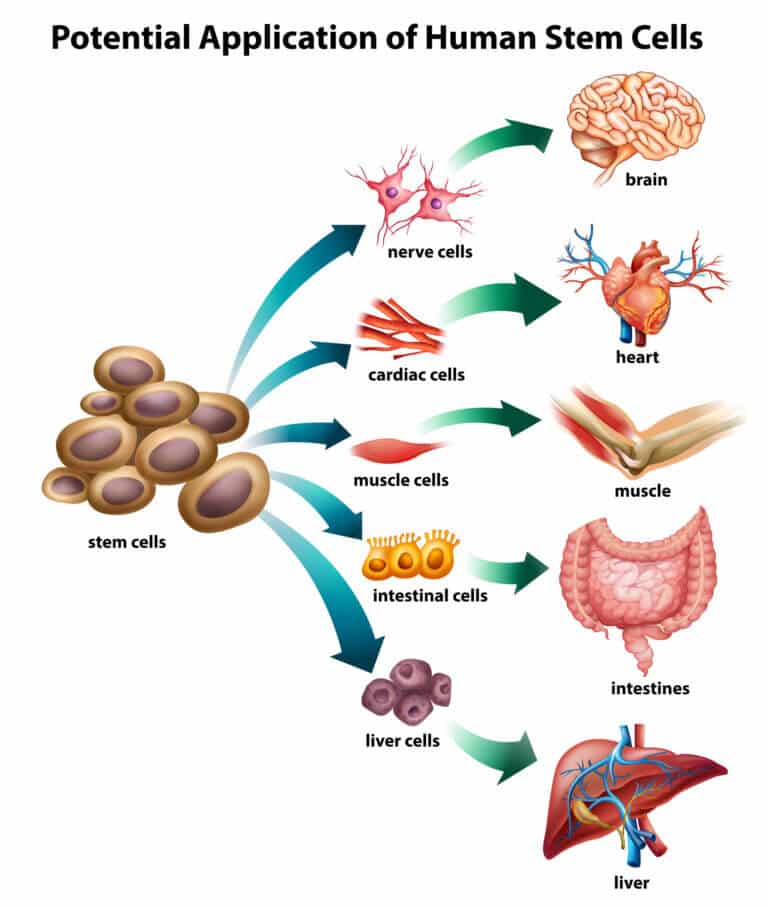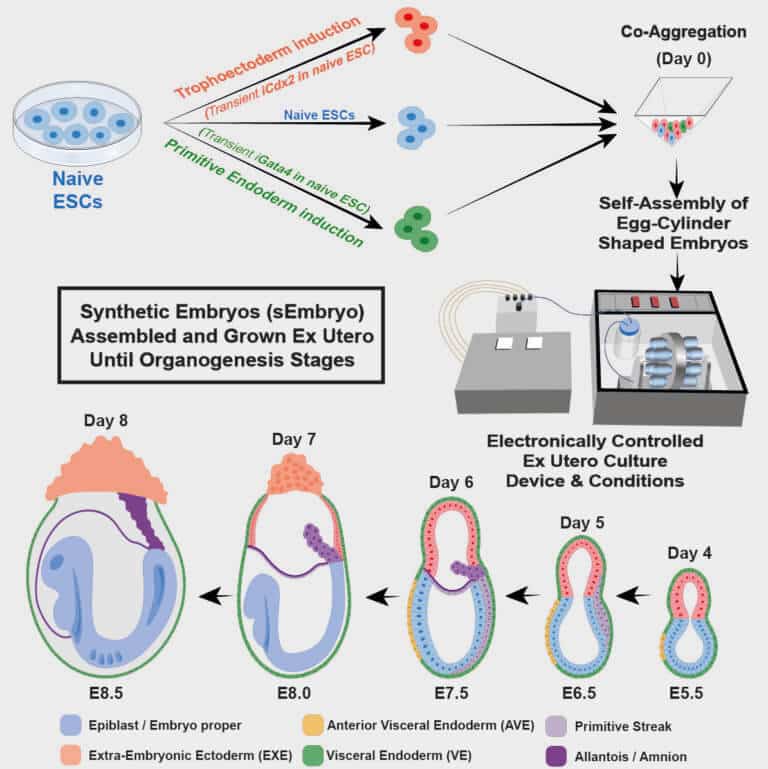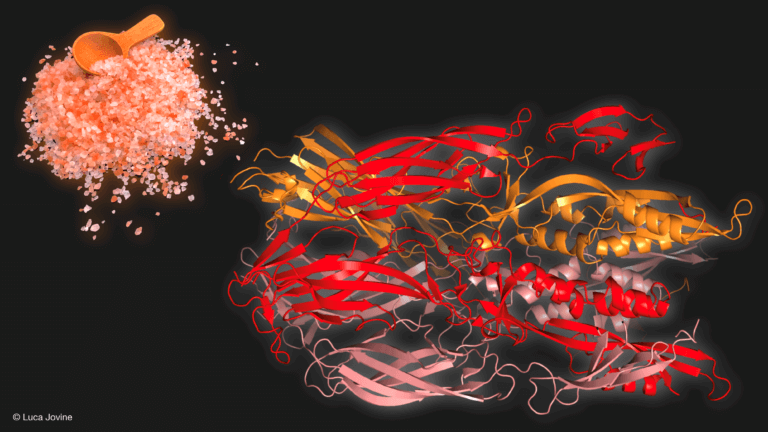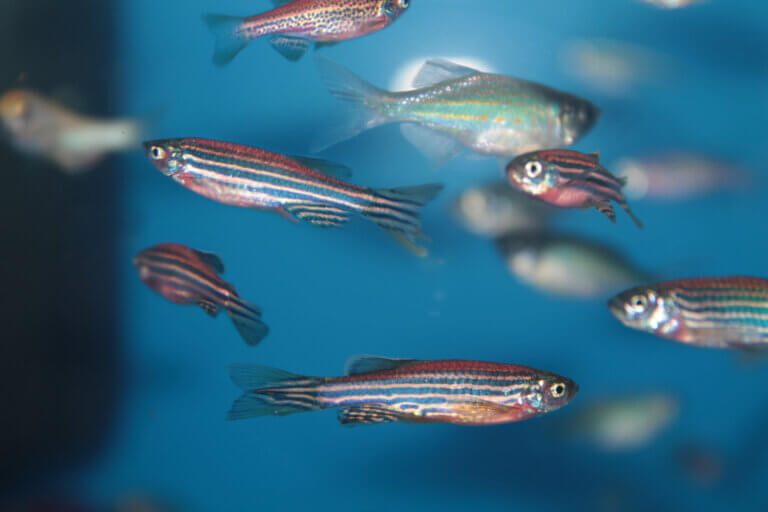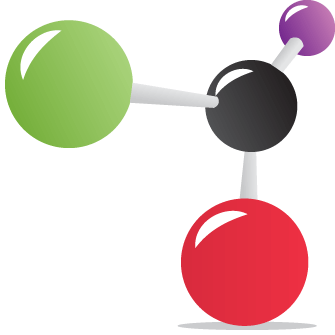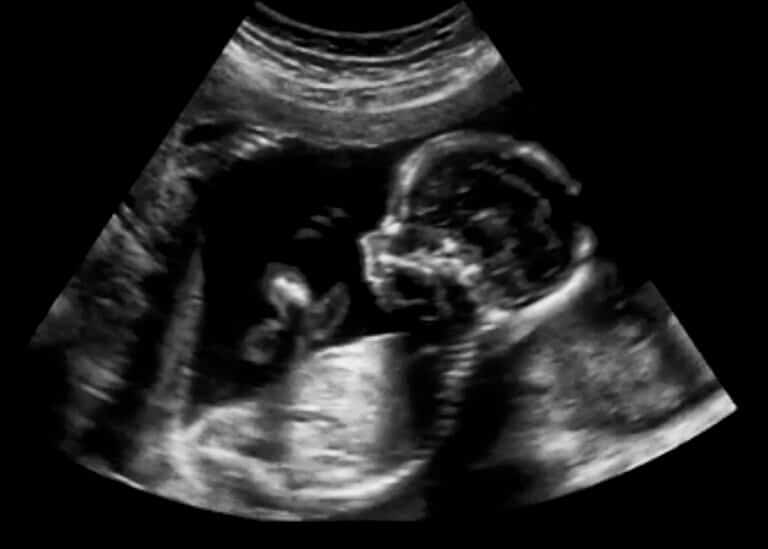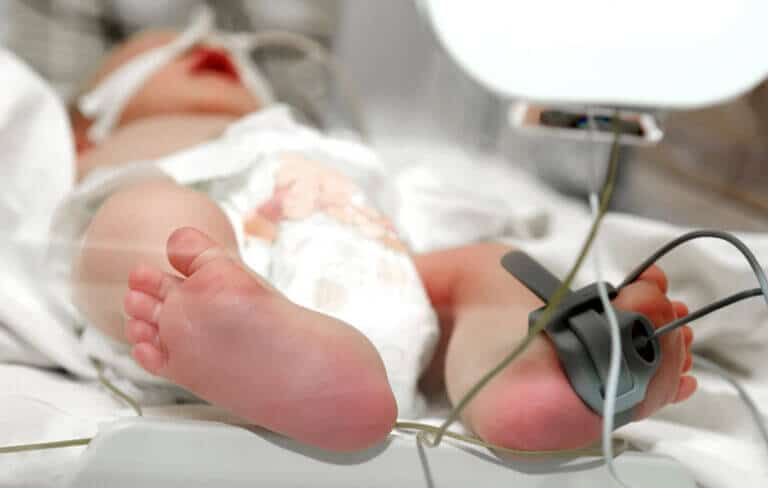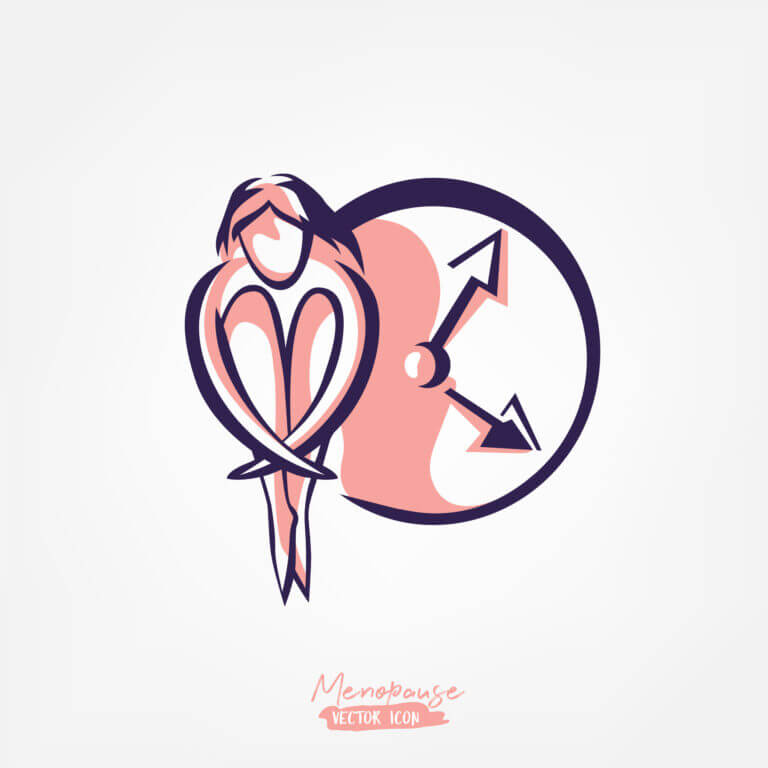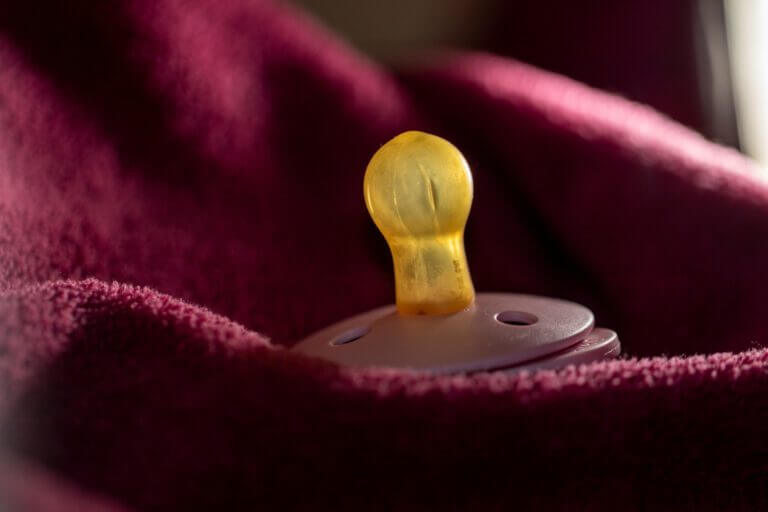Hayadan > Biology and Medicine > medicine > Innovations in medicine > the fetus
the fetus
- Weizmann Institute
- February 17, 2024
The institute's scientists developed a method that allows real-time monitoring of the development of embryos at the beginning of their journey and applied it for the first time to rabbits. The comparison they made between embryonic development in rabbits and mice gave rise to answers to fascinating questions about the formation of humans
- Ben-Gurion University
- February 9, 2024
- No comments
Researchers from Ben Gurion University have developed an artificial intelligence model that predicts the embryo's chances of rooting, based on information from fetal siblings from the same treatment cycle
- Tel Aviv University
- January 24, 2024
Exposure to the sun's UV radiation may have a positive effect on the fertility of women aged 30-40
- Science site The Conversation
- December 18, 2023
- No comments
In theory, a male skin cell can be turned into an egg and a female skin cell into a sperm cell. There is also the possibility of a child genetically connected to several parents, or only to one parent
- The Technion
- September 14, 2023
- No comments
Preeclampsia is a life-threatening multisystem disease and one of the main causes of maternal and fetal mortality. Its global prevalence is about 5% of pregnancies
- Avi Blizovsky
- September 6, 2023
- 6 תגובות
A pregnancy test detected the fetus in the test tube. The artificial models developed from stem cells - without egg, sperm or uterus - and grew in the laboratory until day 14
- Bar-Ilan University
- August 3, 2023
Prof. Omri Koren from the Faculty of Medicine won an ERC grant for his research dealing with the development of a post-biotic supplement to protect mothers and newborns
- Haifa University
- August 1, 2023
- 7 תגובות
After the accelerated development, a rapid deterioration of the neurons was noted, which was manifested, among other things, in low connectivity. The study found the recurrence of the phenomenon in children with autism originating from four different types of genetic mutations
- Avi Blizovsky
- March 20, 2023
- 2 תגובות
The researchers behind the new study were able to create baby mice with genetic material from two males without any genetic changes. They achieved this by using stem cells to create primordial germ cells (PGCs), which differentiate into sperm and egg.
- Haifa University
- March 12, 2023
- No comments
This is according to a joint study by the Technion and the University of Haifa. In the study, data was collected from 252,858 United Health Insurance policyholders between the ages of 15 and 44, for the period between January 2017 and April 2021
- Bar-Ilan University
- December 8, 2022
A new company, established at the Enbox Center for Entrepreneurship at Bar-Ilan University, has developed a technology for predicting pregnancy complications at the very beginning, by characterizing the microbiome (bacteria) population
- The Technion
- December 3, 2022
- One response
Researchers from the Technion in collaboration with the University of Tokyo reveal a new role for the IZUMO1 protein in the fusion process between sperm and egg
- The Hebrew University
- November 30, 2022
- 2 תגובות
In the most comprehensive study conducted on the subject, it was found that sperm quality deteriorates over the years in men all over the world, including in Africa, Latin America and Asia, and that the rate of decline even increases in the 21st century * "This study is a wake-up call for researchers, policy makers, health authorities and the public throughout the world and in Israel, which requires consideration and taking actions to correct the existing situation"
- The Hebrew University
- August 6, 2022
By creating artificial embryonic and placental stem cells and comparing them, the researchers from the Hebrew University identified about 14,000 sites in the genome that control the development of all the organs of the fetus
- Avi Blizovsky
- August 2, 2022
- One response
The embryo model developed from stem cells that were grown outside the womb to a relatively advanced stage, showing normal development of organs and tissues
- The Technion
- July 24, 2022
- No comments
The Technion researchers and their colleagues abroad: It is possible that the cellular mechanisms that enable the fusion of the sperm and the egg were created as early as 3 billion years ago in single-celled organisms of the archaea type
- The Hebrew University
- July 5, 2022
University researchers have identified a new type of organelle that has not been discovered in gametes before. According to them, a failure in its function causes infertility because it is responsible for the organization of the chromosomes in the sex cells: "The discovery advances us towards finding medical solutions"
- Yoram Soreq
- June 10, 2022
- 16 תגובות
The matriarchal society of the ancient man thrived precisely because of the ignorance of the connection between sex and pregnancy and childbirth, this has changed in the last 8,000 years
- Ben-Gurion University
- June 3, 2022
- One response
A research group led by Ben-Gurion University of the Negev succeeded in producing an innovative device for the process of creating sperm in culture by using a micro-flow system.
- Ben-Gurion University
- February 10, 2022
- 4 תגובות
This is according to a study at the National Center for Autism and Neurodevelopmental Research at Ben Gurion University
- The Hebrew University
- September 23, 2021
In recent years, doctors and obstetricians prefer to perform a caesarean section instead of trying a forceps or vacuum delivery, due to the fear of brain or physical damage, or the development of severe morbidity after birth. At the same time, studies in medical schools regarding such a birth are decreasing. A new study reveals that such fear is not necessarily justified
- The Hebrew University
- July 3, 2021
- The Hebrew University
- June 23, 2021
- Avi Blizovsky
- March 10, 2021
- One response
- The Hebrew University
- February 27, 2021
In its reasoning, the committee stated that: "The Israel Prize in the field of life sciences research for the year XNUMX is awarded to Prof. Eli Keshet, from the Hebrew University, for his pioneering contributions in understanding the mechanism by which oxygen-deficient conditions stimulate the growth of new blood vessels. These discoveries of his led to the recognition that excess oxygen given in the treatment of premature infants leads to their blindness and led to a change in the treatment of premature infants after their birth.

